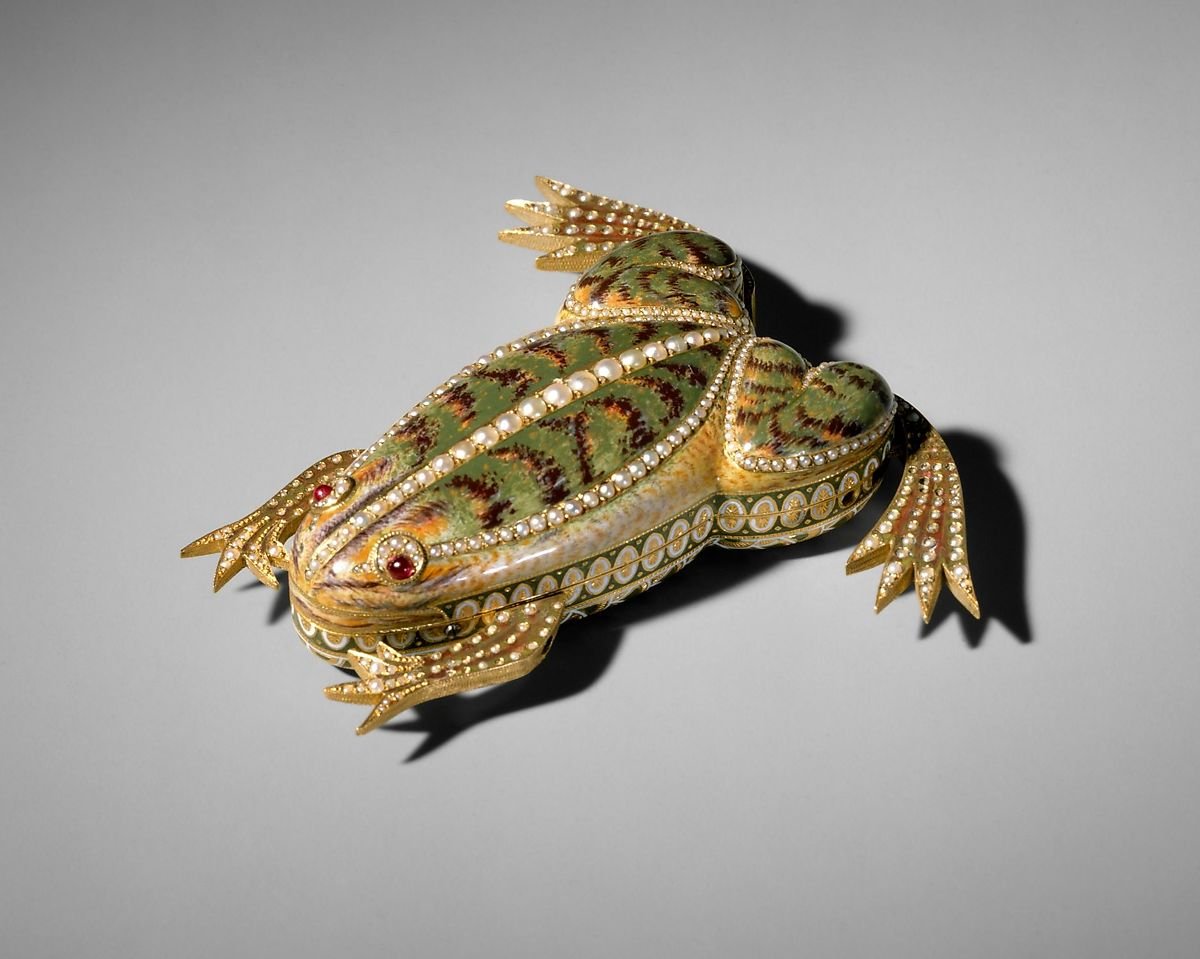Amazing Engineering From The Past
Some of history's most intricate, awe-inspiring engineering feats were not designed for industry, but to top the tables of aristocrats, rulers, and the generally wealthy.
One most impressive example is the Mechanical Galleon, made circa 1585 by Augsburg clockmaker Hans Schlottheim. It is a fancy, ship-shaped table ornament known as a nef.
It's also one of the era's most sought-after mechanical marvels, an automated clock. Set in the form of a grand galleon, its shining gilded brass is embossed with images of turbulent waves and leaping sea monsters. It also features wire rigging and three masts with cloth sails.
And thanks to a series of involuted inner workings, it astounds with an automatically firing wheel-lock cannon on the bowsprit, or front of the ship. In the crows' nest, "sailors strike the hours and quarters on inverted bells." This vessel moved itself across well-appointed tables at imperial banquets while sweet music issued from a "regal organ with bellows."
The galleon also carries multiple mobile figures. The most vital personage is the Holy Roman Emperor, the powerful and historied German-Roman Hapsburg ruler Rudolf II. He's preceded by heralds and flanked by a troupe of the Electors whose responsibility it was to select his excellency:
Such timepieces were among the most auspicious diplomatic gifts exchanged between regal courts, and symbolism abounds. The galleon was one source of the Hapsburg riches, as these ships brought plundered treasures from the Americas. Additionally, clocks were the devices that revolutionized sea travel and opened the oceans for unprecedented exploration.
Other similarly mechanical-minded artistic creations were developed as party favors or novelties, more or less. Including the following: a gold enamel, ruby-eyed, pearl-studded frog robot (1820) whose inner engineering imbued it with the ability to jump and croak.
Earlier examples from the opposite hemisphere are no less astonishing. Among the most sublime is the "Elephant Clock" of Ismail al-Jazari.
Born in 1136 in modern-day central-ish Turkey, al-Jazari exemplified the thirst for knowledge of the Golden Age of Islam. He invented many mechanical marvels, including robots, automated playthings for wealthy patrons, and practical devices, such as those used for irrigation.
Al-Jazari's most well-known and reproduced invention was the Elephant Clock, whose recreations enthrall visitors in Dubai, Germany, Switzerland, and elsewhere. It's more than 15 feet in height, and its water-powered mechanism kept time through a bowl that gradually sank into a hidden water tank within the elephant's body.
A scribe points to the minutes, and upon each half-hour multiple actions occur, including the dropping of a ball into a dragon's mouth, and the mahout (elephant driver) striking a cymbal, to the chirping of a bird.
As al-Jazari always paid reverence to previous scientists, inventors, and engineers, he did so to disparate cultures as well. Every motif on the clock symbolized an influential civilization: "The elephant represents the Indian and African cultures, the two dragons represent Chinese culture, the phoenix represents Persian culture, the water work represents Greek culture, and the turban represents Islamic culture."
Innovation and acknowledgment are cornerstones of advance, and we, too, work on the shoulders of giants. As the above examples did in their age, Beltim & Associates bridges the past and present, combining experience and time-tested techniques to develop the future of engineering. We can bask in that bright future together, so contact us or get a free quote today!


